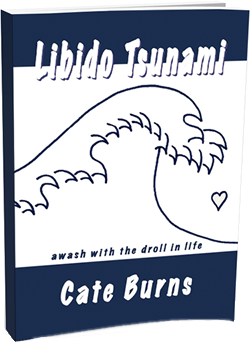A Door’s Tale

Next to my urban apartment building’s back entry, seven months ago, it looked like a pizza joint’s small door probably received a fast fist punch or two. Fist-sized holes near the middle of the door exposed a cheap hollow-core structure underneath.
I lived in a semi-gentrified urban area and the adjacent dance clubs attracted young people. Several entertainment venues occupied an aging four-story building. The tiny pizza restaurant sat in the back corner, at street level, facing an alley. I rarely saw it open during the day. I assumed pizza refreshed the revelers at night.
From the high volume of street noise on weekend nights, I surmised things got rowdy. By three in the morning, when I stumbled to the bathroom, I usually heard the carousers and the drunks fighting or howling like wolves under a full moon.
When I emerged for my morning walks, I always checked the pizza place’s door. The fist hole revealed its fragile weakness. The thin wood appeared to be shredding at the bottom. Such vulnerability seemed to invite more violence over the ensuing months. Recently, I counted seven or eight more six-inch diameter holes, some of them connected together, forming a wide vertical line. It looked like an average of about one fist crunch per month.
Once the door became like a boxing bag, I expected it would’ve attracted quicker destruction. Apparently, the clubbers weren’t as violent as they sounded from my tenth floor home. Over the months, my opinion of the clubbers rose.
The signs for the pizza shop slowly deteriorated until they disappeared. The business must’ve closed. Although it had an old round lock, the raggedy door seemed to offer little protection to the premises.
As weeks went by, I began to appreciate the ever-evolving design on the door. It became a sculpture to me. The vertical shape appeared almost humanoid with a small off-centered head at the top, like a cartoon character about to take a step. The odd-shaped hole floating above his head resembled an abstract heart.
A story sprang to mind. The blocky man’s heart had escaped and he wanted to walk toward it, to reach up and reclaim it. But, he found it hard to take the first step. Would he ever be able to grab his missing heart?
I loved pondering the door’s meaning as I walked by each day. How had the man lost his heart? To a ravishing flamenco dancer? To a child who’d somehow disappeared from his life? Or maybe, he lost it from too much alcohol or drugs.
As the months go by, the door will, no doubt, take more punishment. The design will change and a different character could emerge and, along with it, a fresh narrative. I’ve come to love this picturesque entry way. In a couple of years, the four-story building will face a demolition crew, to make way for a future rail station. Until then, I’m hopeful the building’s owners will find no reason to install a new, sterile door.

Cate Burns is the author of Libido Tsunami: Awash with the Droll in Life, in which she unearths the ludicrous in the emotional live traps surrounding us — in families, friends and disastrous romances. Get it on Amazon today.
